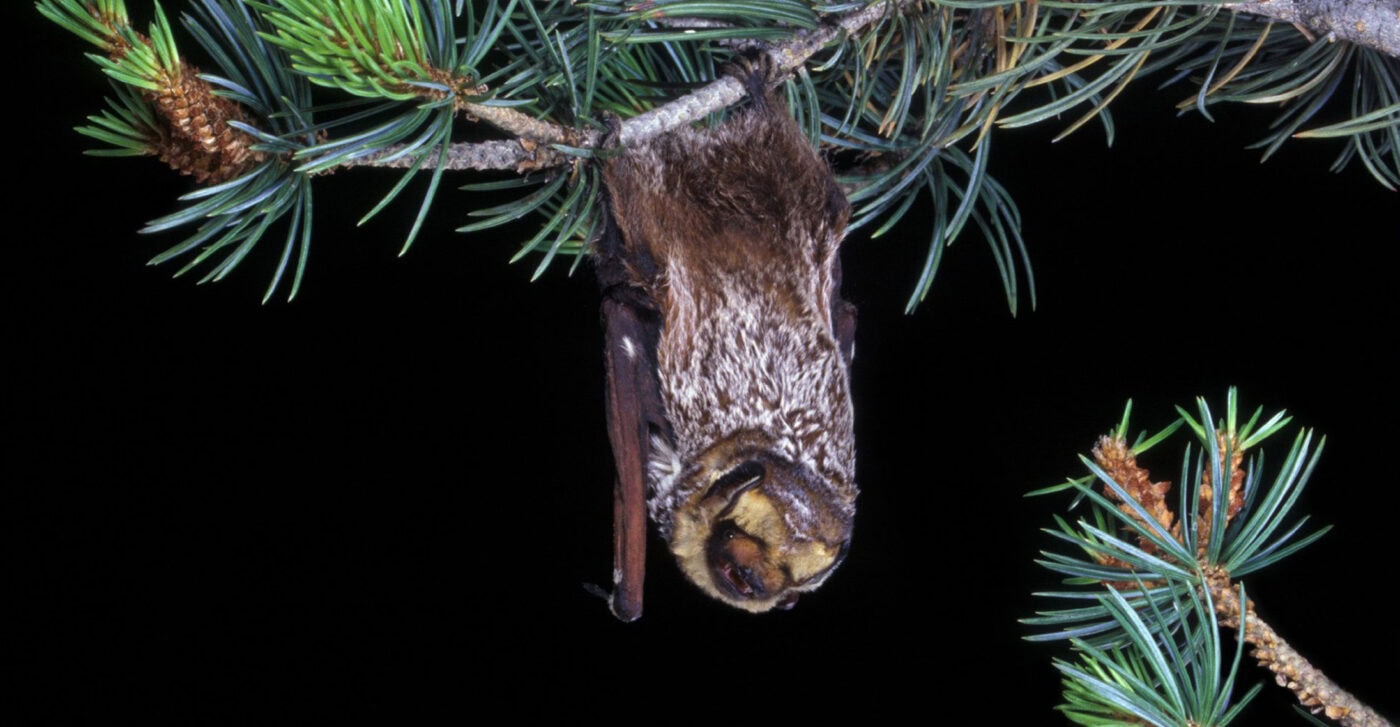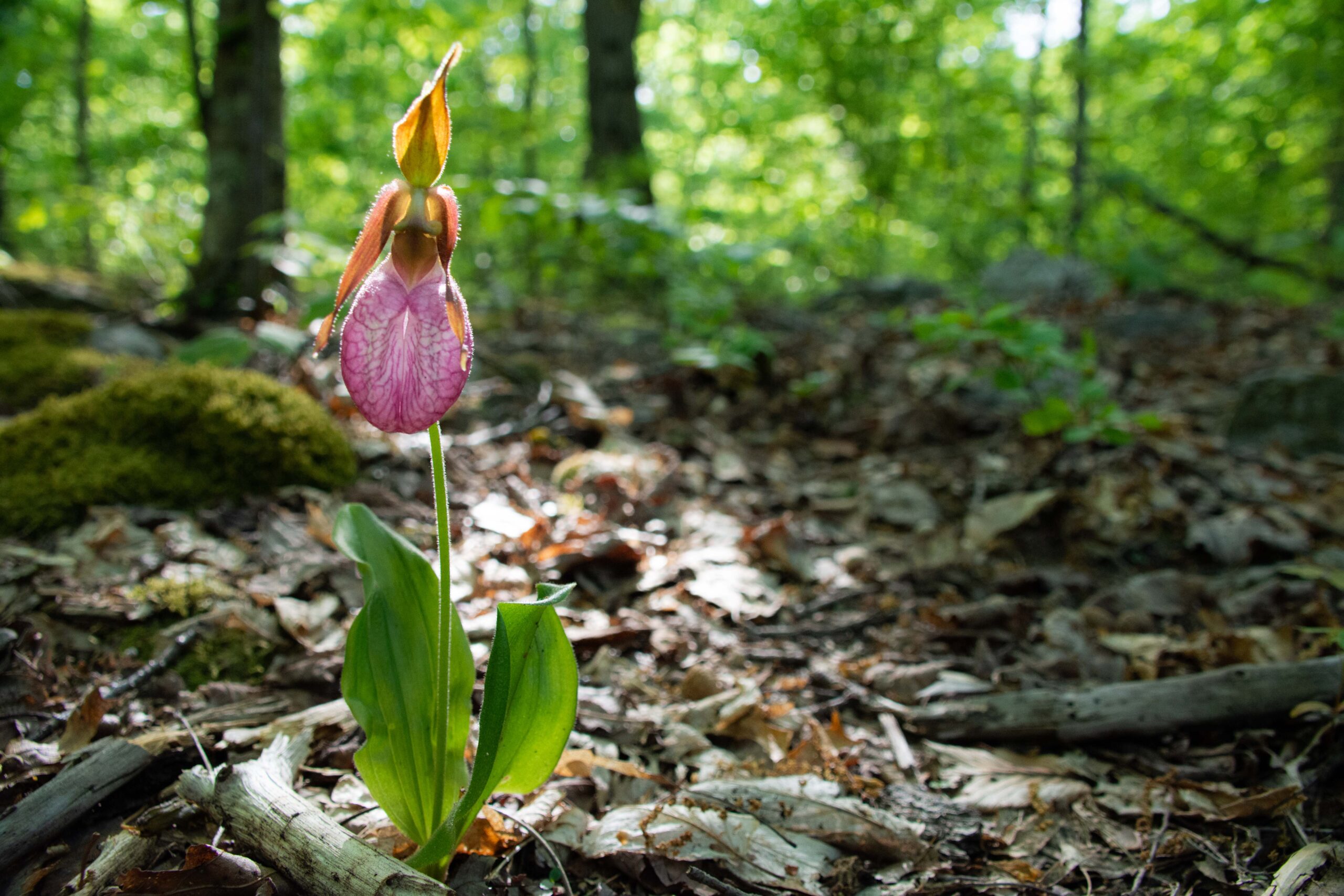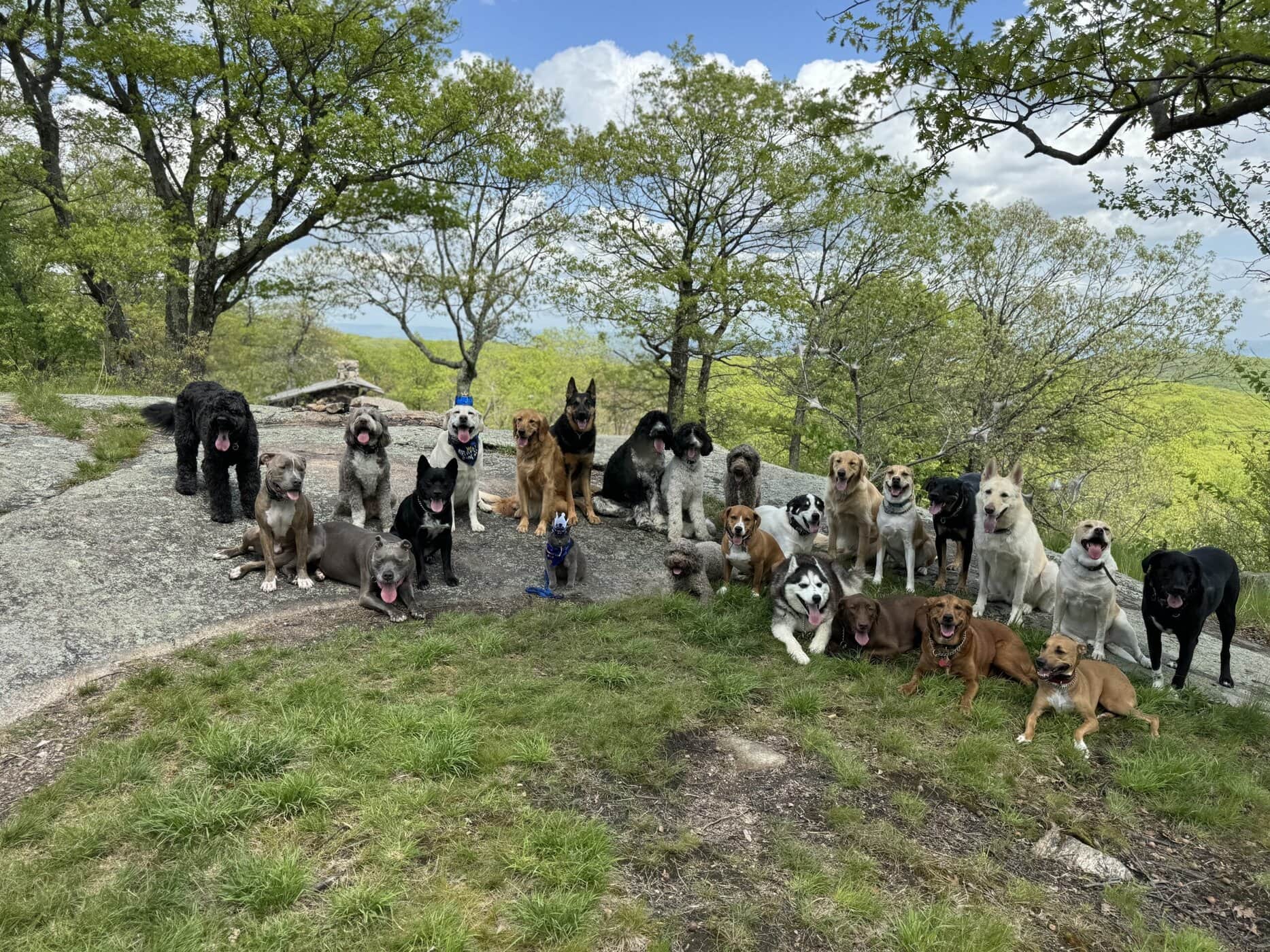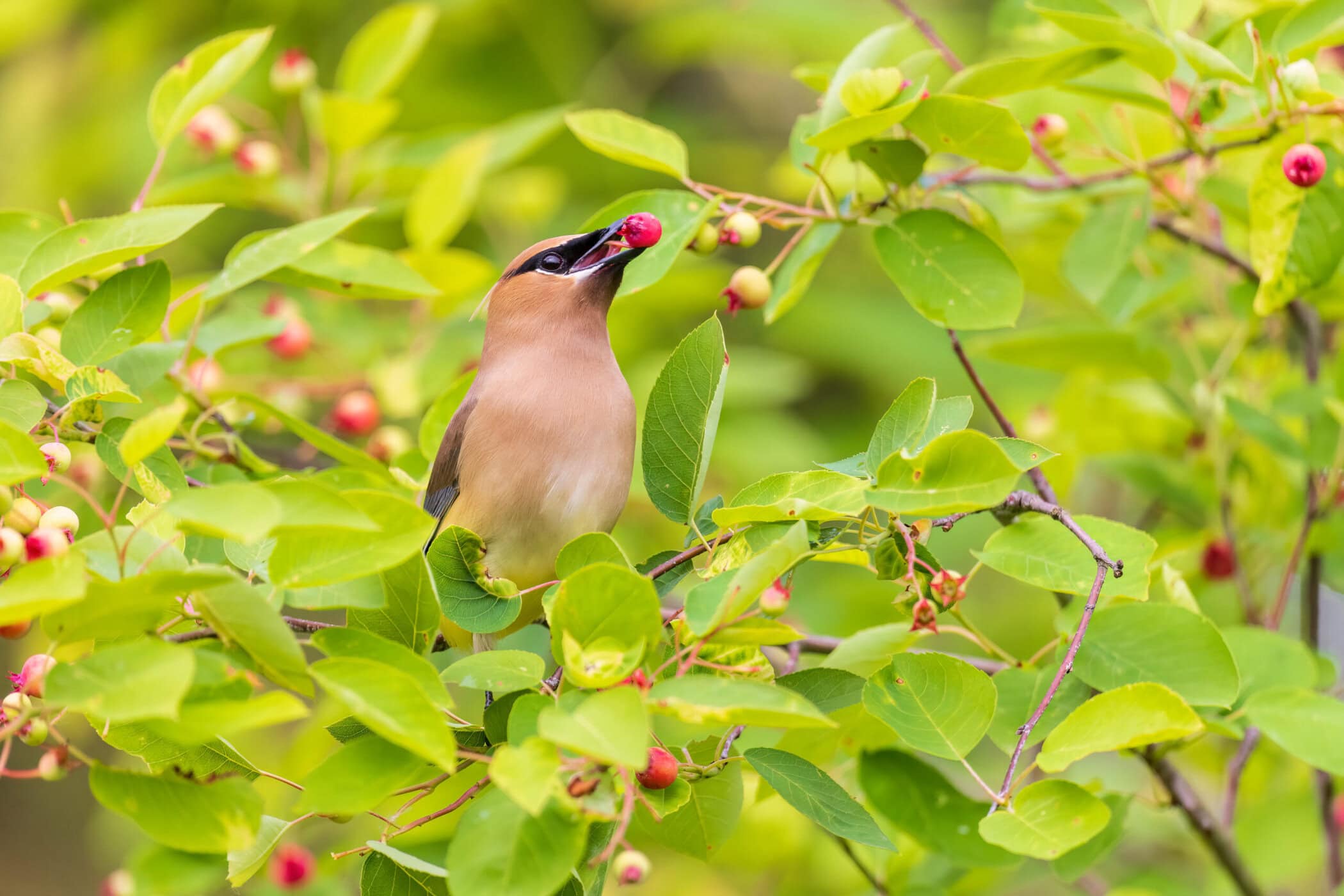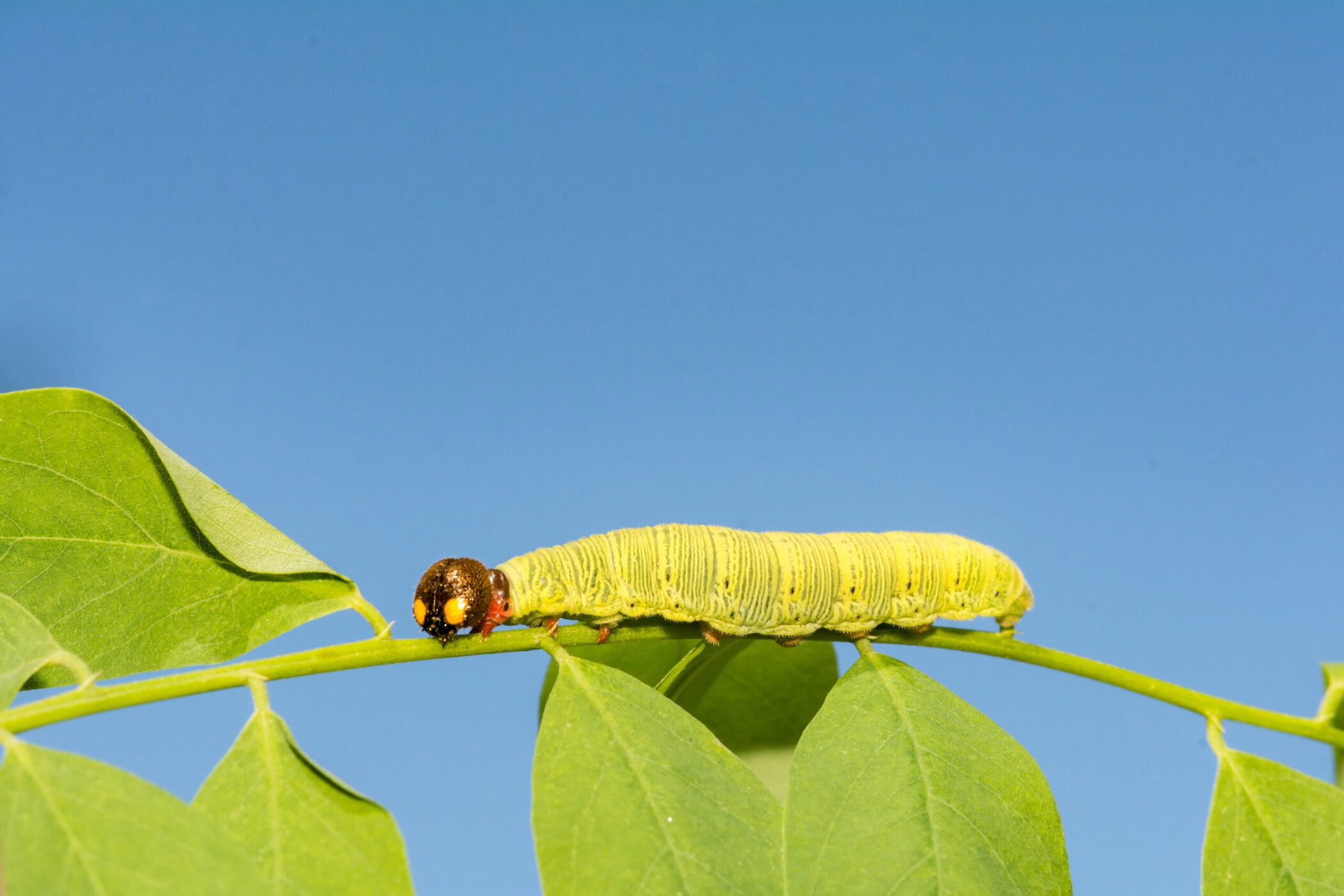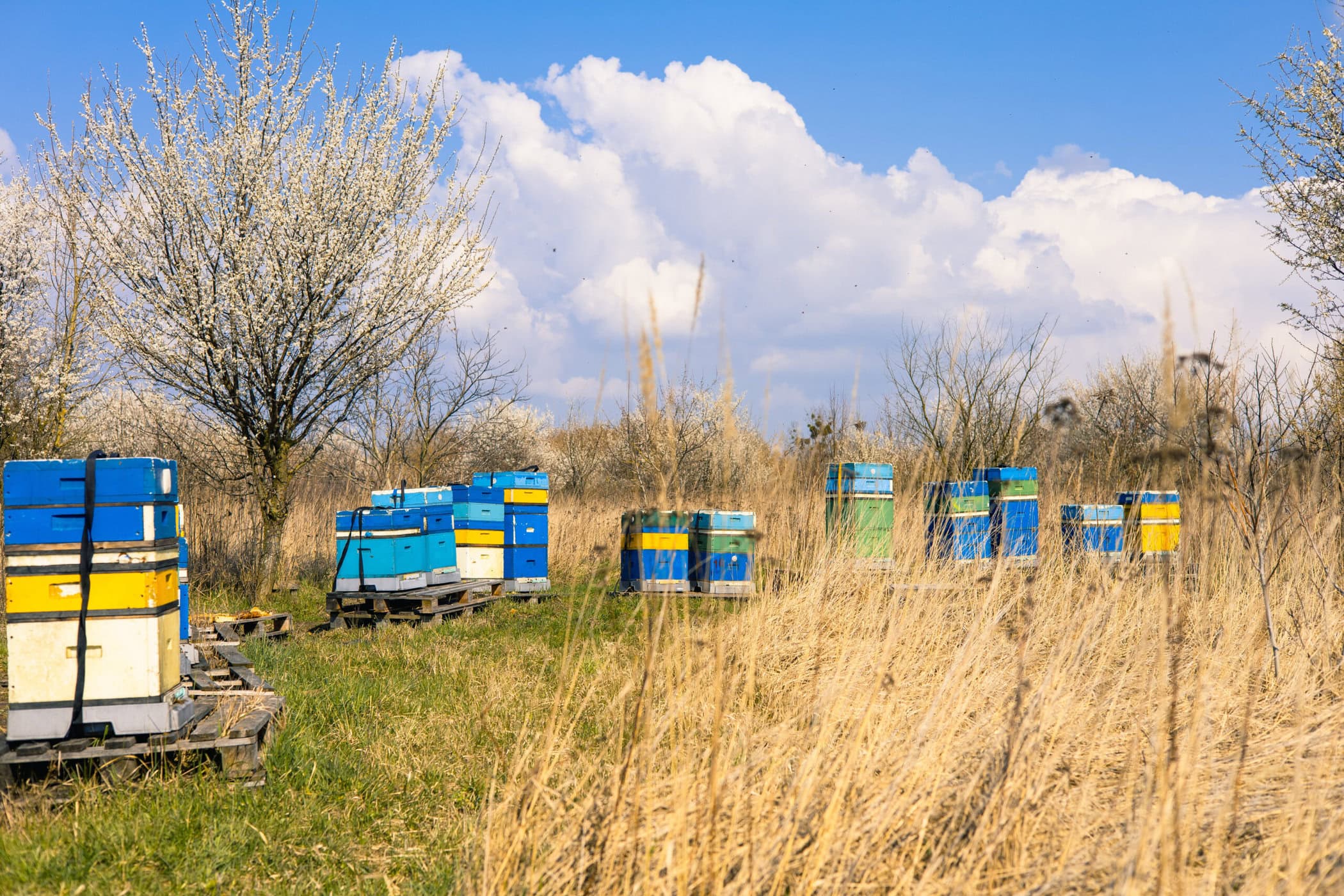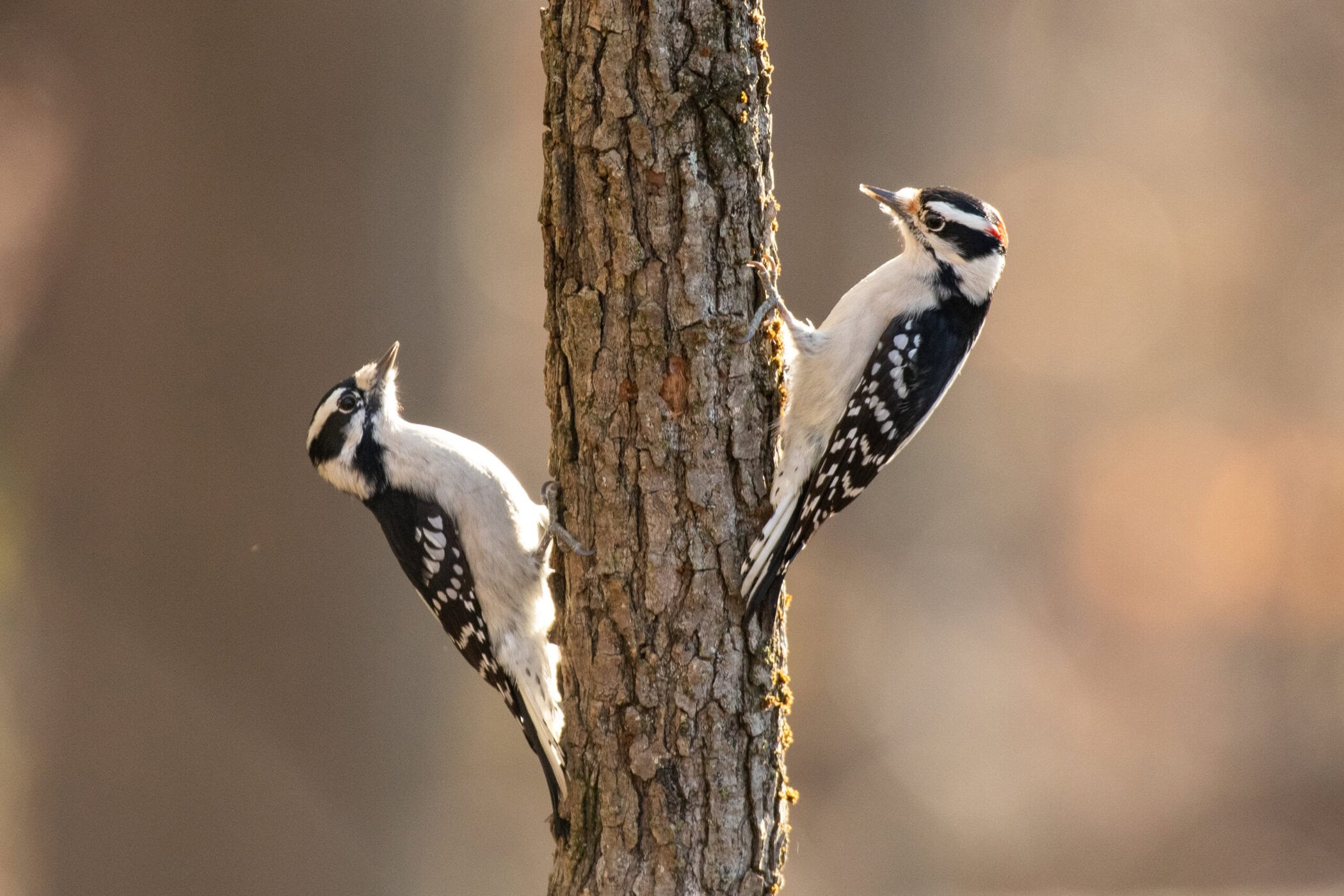Despite their spooky rep, there’s much more to bats than Dracula and Halloween decorations. Around the world, bats serve as seed spreaders, pest controllers, and critical pollinators. If you love nothing else about them on International Bat Appreciation Day (each April 17th) and beyond, how about valuing the way they routinely swoop around evening skies, gobbling up mosquitoes? Here are some more facts that you may not have known about these amazing creatures.
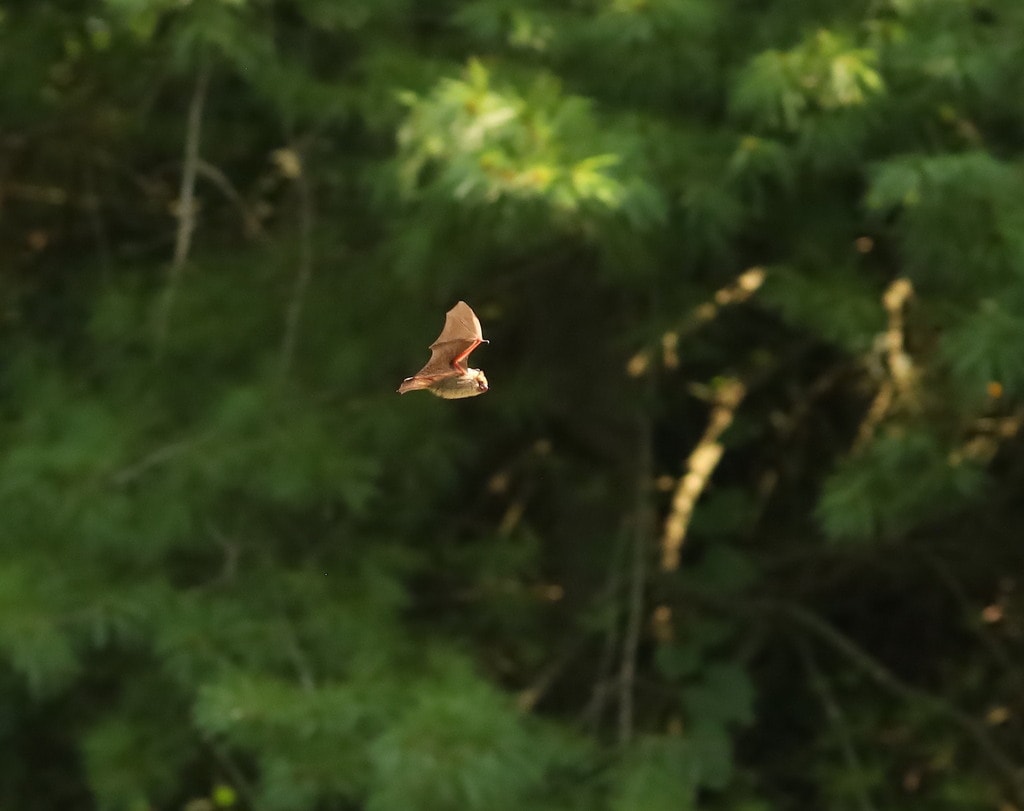
Bats are nowhere near “rats with wings.” While they are both small mammals with sometimes-dodgy reputations, bats share little family history with rodents. There is no singular group that is most closely related to bats, but according to recent studies they belong to a large mammalian group that also includes species as varied as tigers, horses, and whales. But out of all the mammals on the planet, they’re the only ones that can truly fly. Taking to the air and being active at night has allowed bats to diversify, becoming the second-largest order of mammals with over 1,400 species. This accounts for one-fifth of all mammal species in the world.
Bat wings are modified hands. The order for bats is called “Chiroptera,” with “chiro-” meaning “hand” and “-ptera” meaning “wing” in Greek. This refers to how the bat wing is mostly derived from the same bones that make up your hand with the fingers being greatly extended. By contrast, the wing of a bird utilizes more of the entire arm rather than the fingers. And as its name suggests, the wing of a pterodactyl is mainly made up of one elongated finger. Nature has found more than one way to make a wing.
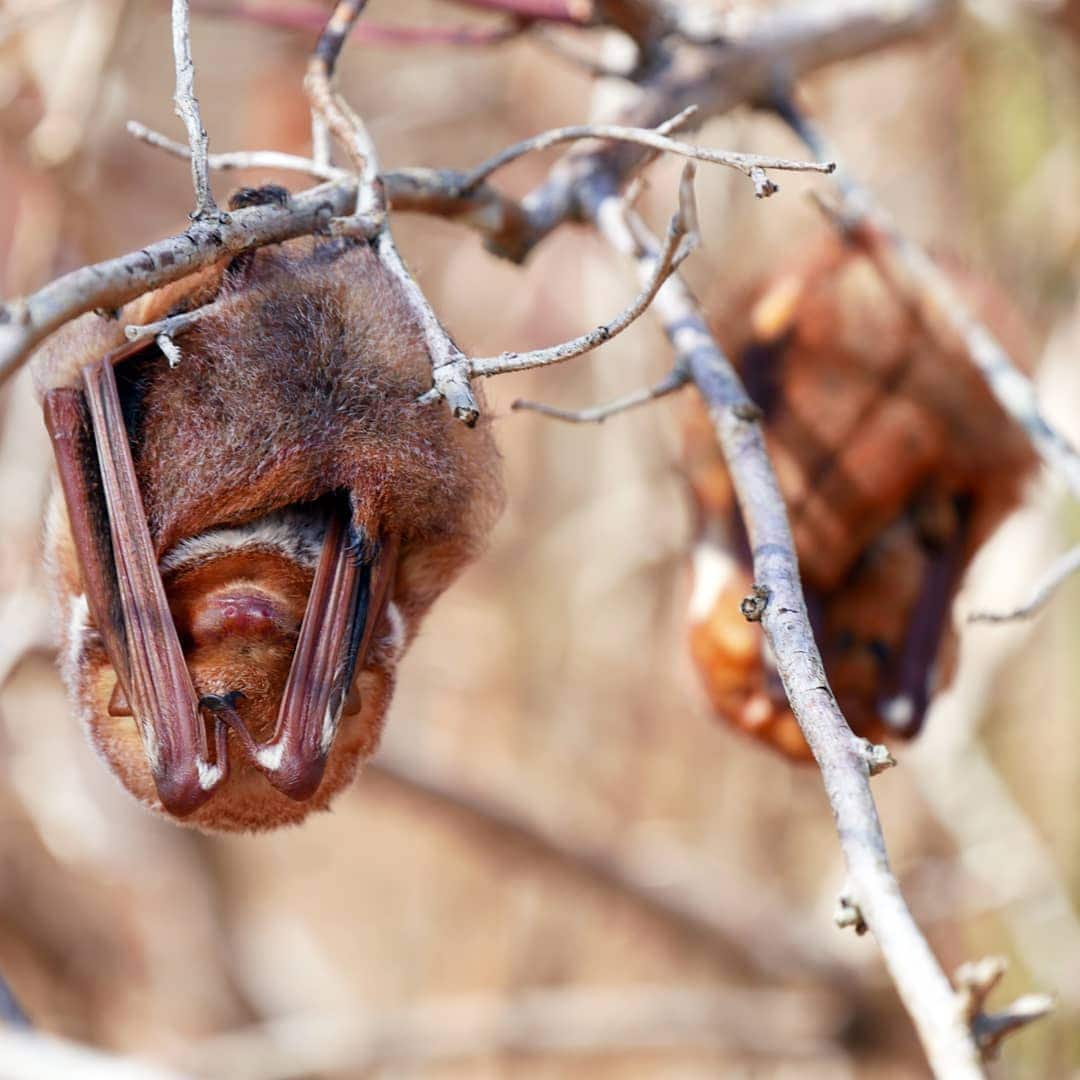
Bats are not blind. Contrary to the popular phrase, bats have no problem seeing with their eyes. It’s just that their vision is usually overshadowed by most bat’s ability to use echolocation. By emitting ultrasonic soundwaves and listening to the frequency and timing of the returning echo, they’re able to navigate their surroundings and pinpoint prey with stunning accuracy. While most of the sounds are out of the range of human hearing, you may be able to hear a few high-pitched clicks if you’re in the vicinity of bats.
Not all bats live in caves. New York has a dozen species of bats, most of which roost in large colonies in caves and other dark places like abandoned barns. But three species live among the trees. Unsurprisingly, these are called tree bats, and they generally live more solitary lives in the forest. Bats in New York are generally active from around April through October and either hibernate or migrate south during the winter.
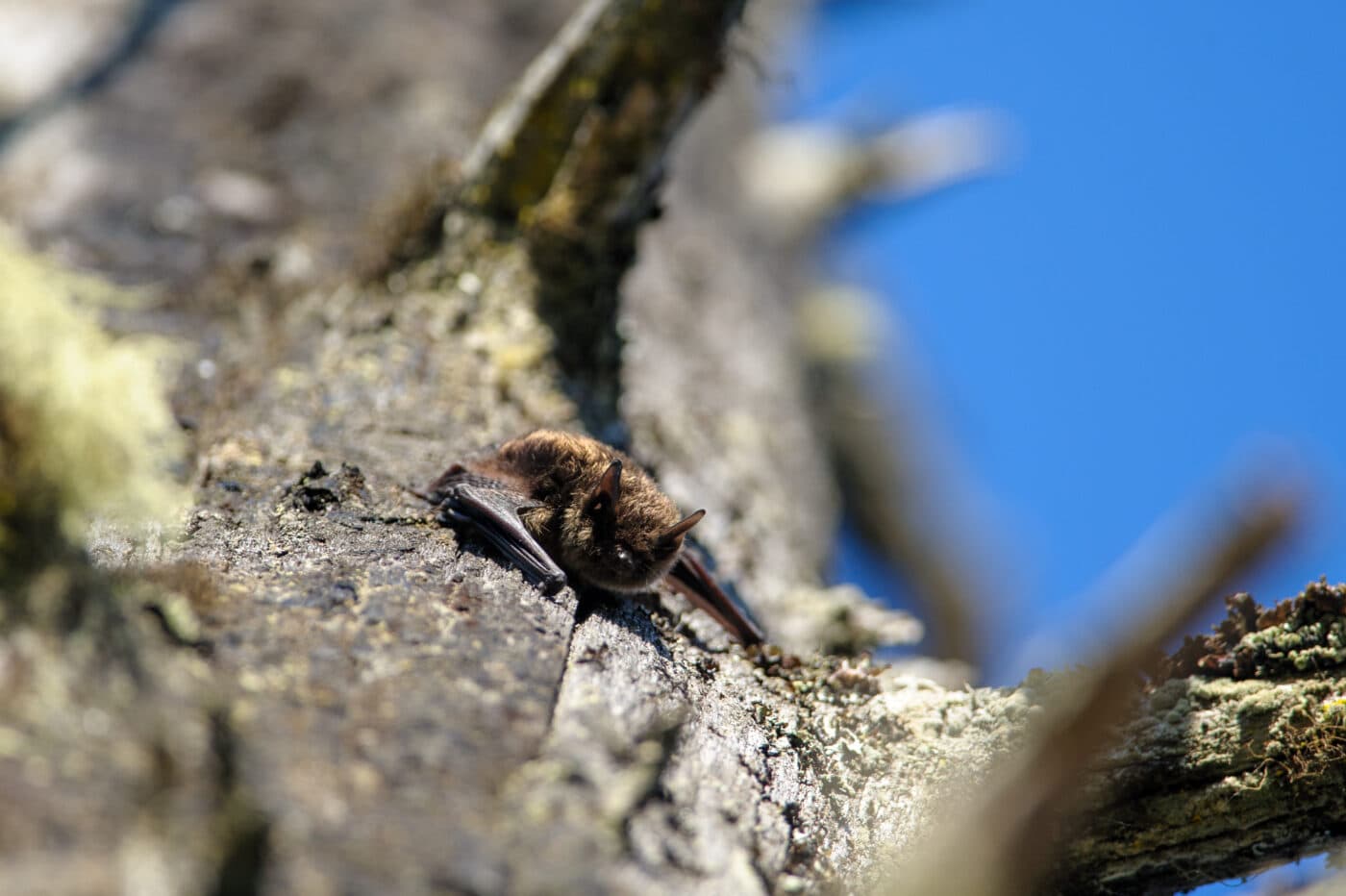
You don’t have to worry about vampire bats in New York. While they may be the most infamous, of the 1,400 species of bats in the world there are only three species of vampire bat, all of which are found in Central and South America. As for the rest of them, while mostly insectivorous, some bats have evolved to take advantage of many different food sources. There are species that eat small vertebrates like frogs and lizards, and other species that mostly eat fruit. There are even some bats that can fish. Bats can also be important pollinators for many plants, including bananas, mangoes, saguaro cactus and agave.
Bats are economically important. While bat species around the world have evolved varied diets, all of the bats in New York state are insectivores. Flight is energetically costly as is being warm-blooded and this results in an animal that needs to eat a lot. Bats are able to eat their entire body weight in insects. While this may only be a few grams, this adds up to thousands of insects per night for a single bat. Knowing this, scientists have estimated the economic value of bats as pest control for agriculture to range somewhere from $3 to $53 billion a year!
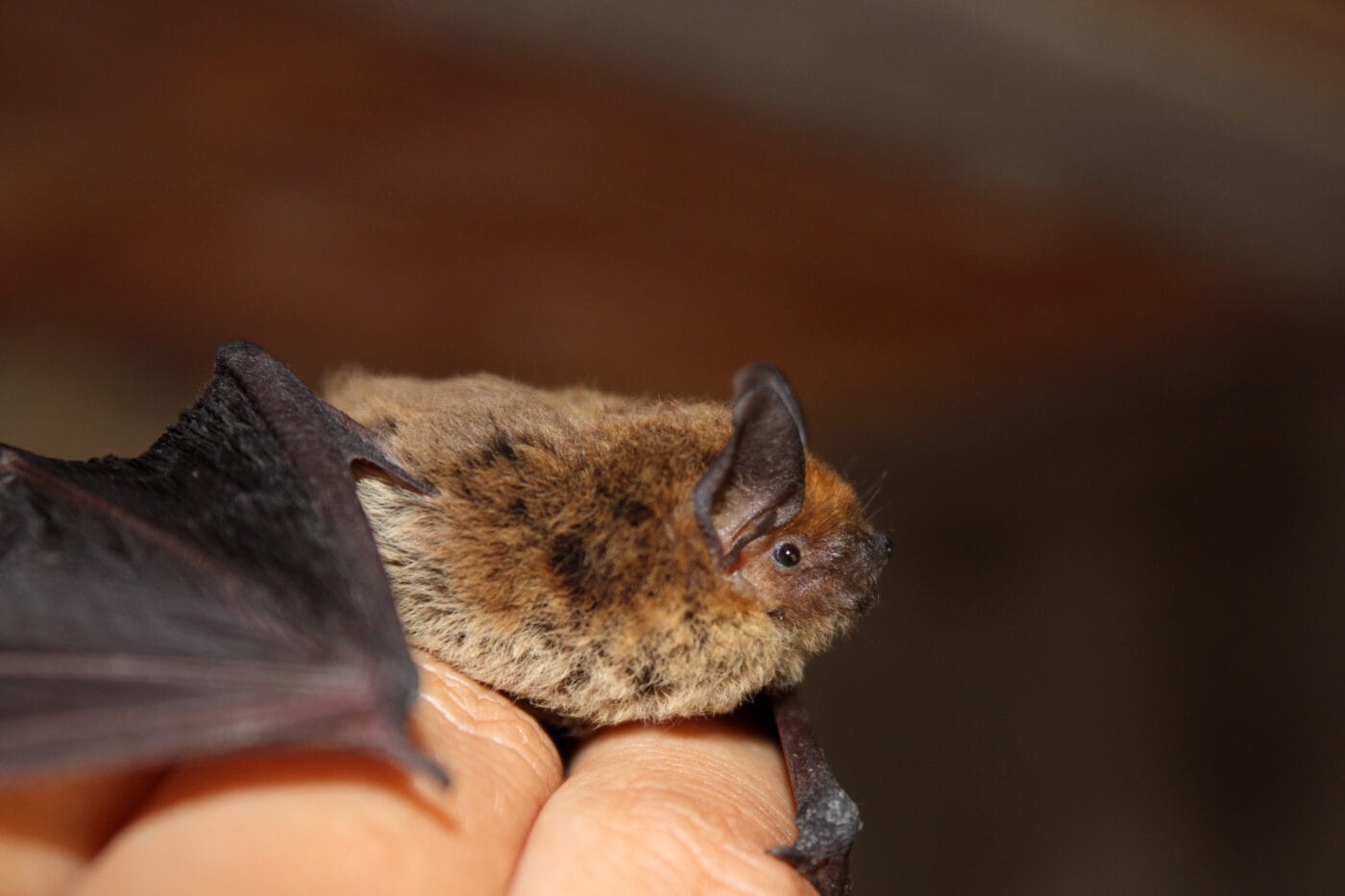
Bats are in danger. Bats face the same threats as most wildlife such as climate change and habitat destruction, but a bat-specific problem has arisen in recent years. Many North American bat species are in peril due to a fungal disease called “White Nose Syndrome,” which was first identified in Schoharie County, N.Y. While the fungus doesn’t directly harm the bat, it disturbs them during hibernation causing them to awaken and waste precious energy reserves during the winter leading to death. Unfortunately this fungus is easily spread among bats that roost together in large colonies. This has caused devastating population declines in bats with some species like the little brown bat, once the most common species in New York, being hit particularly hard.
Luckily, there are many ways you can help: turn off lights at night, cut the pesticides, build bat houses, advocate for habitat, avoid entering and disturbing roosting caves, and volunteer as a community scientist to share your bat observations with researchers.


